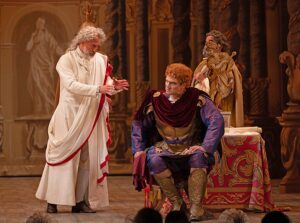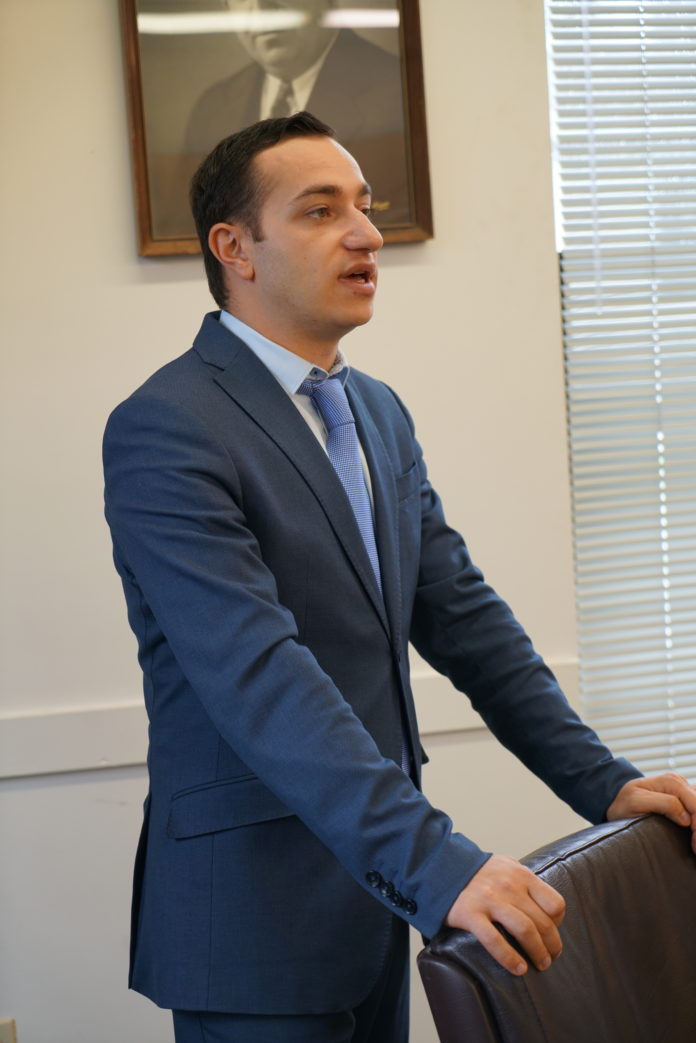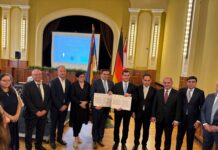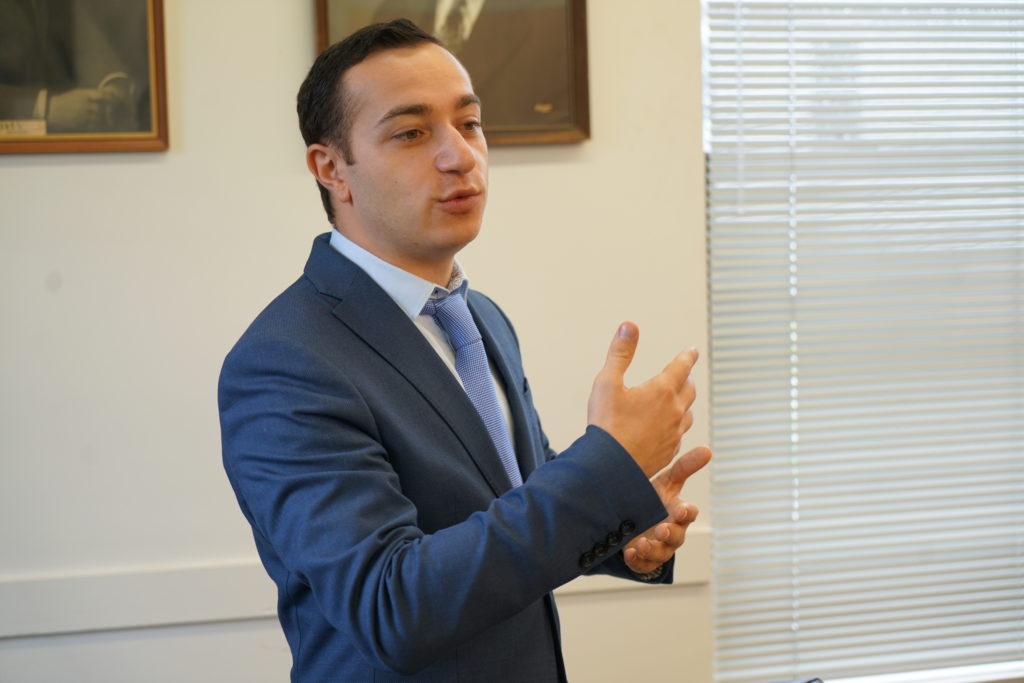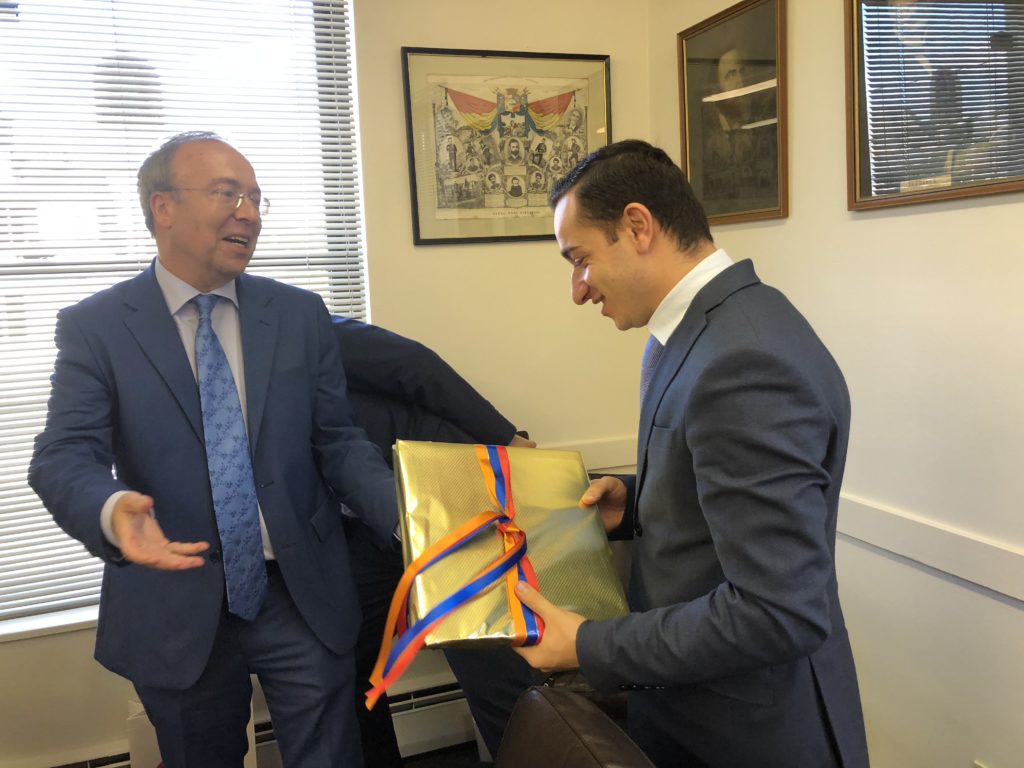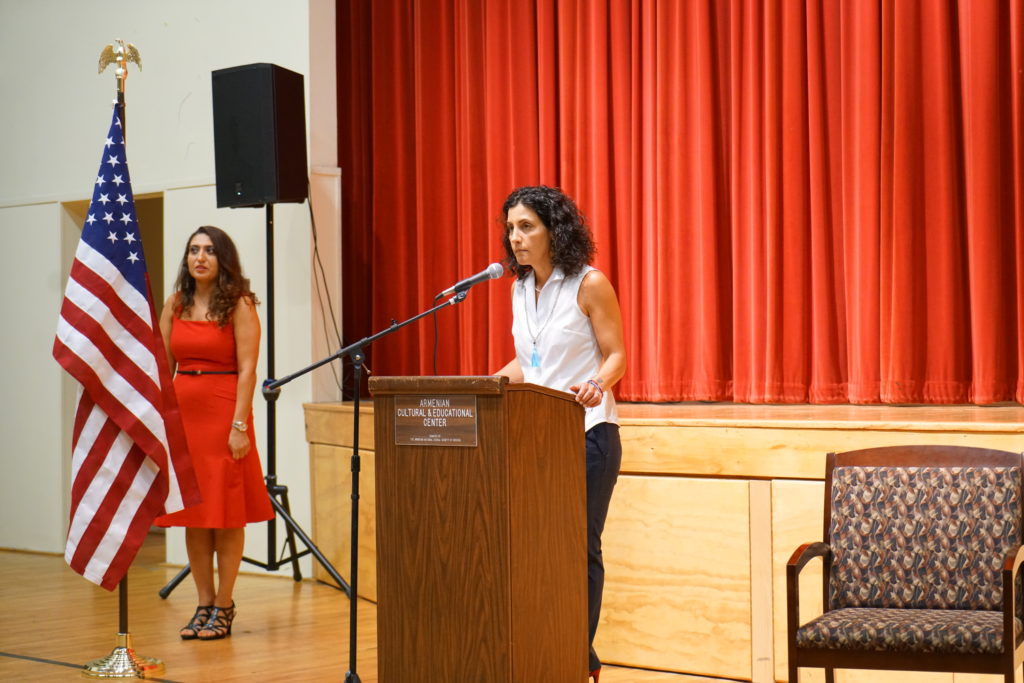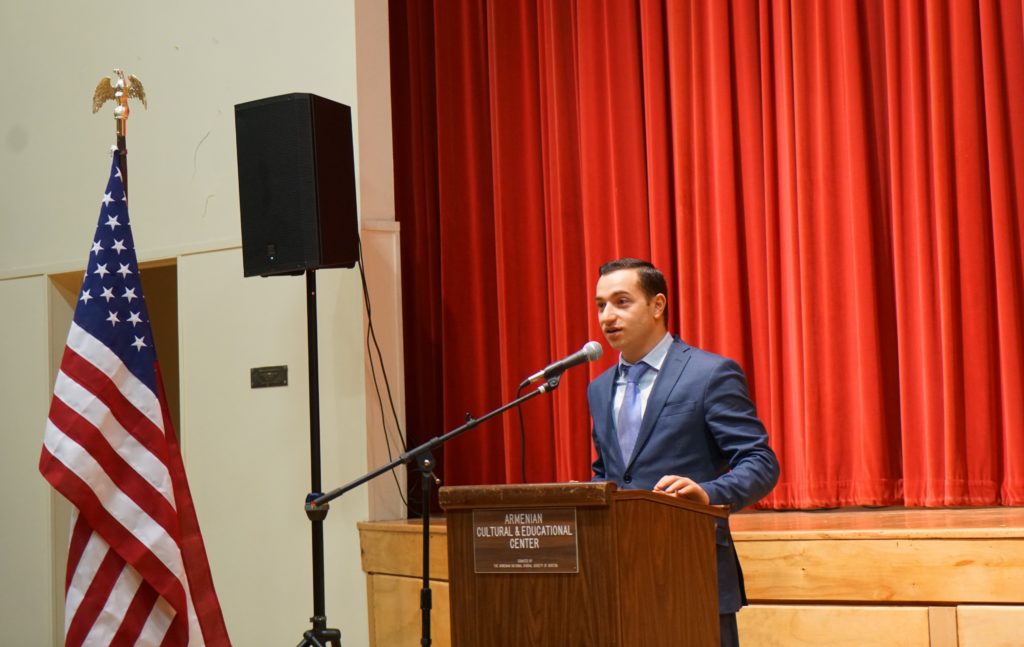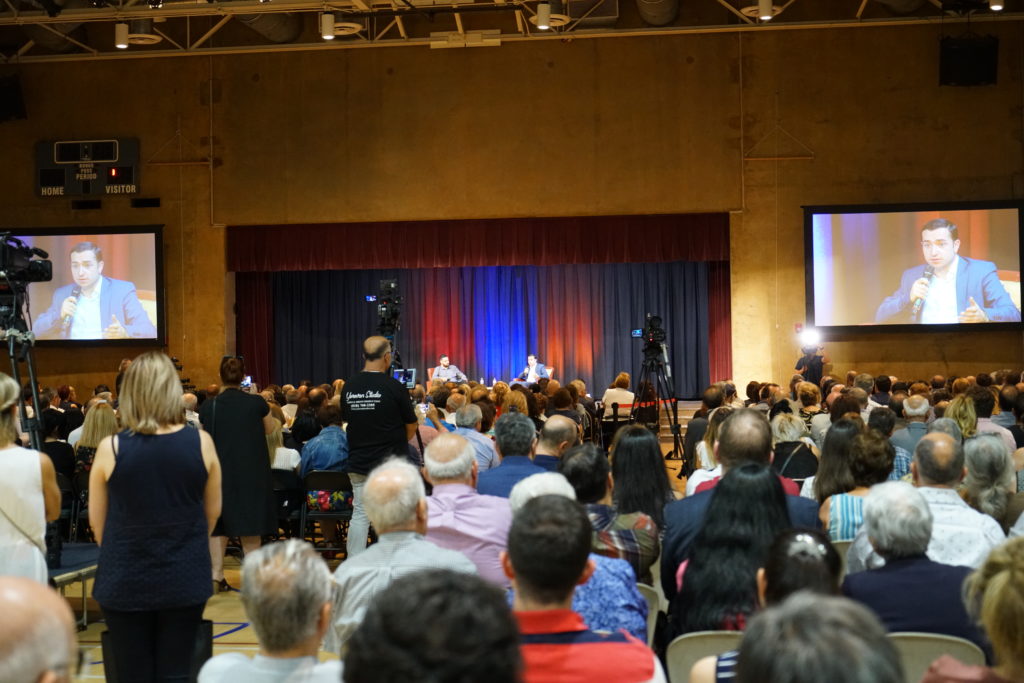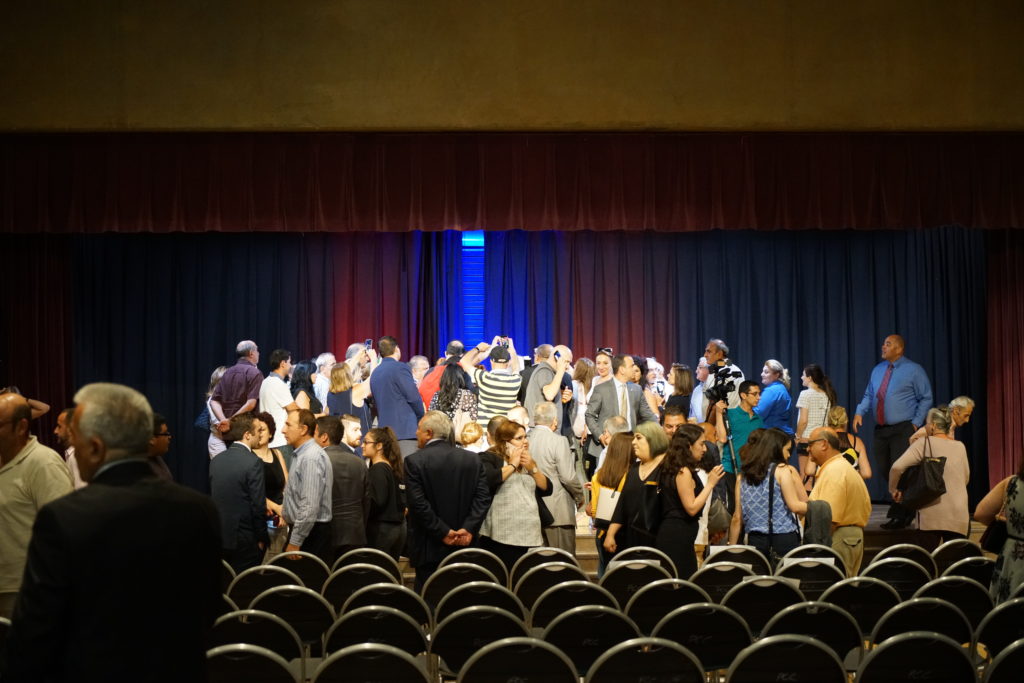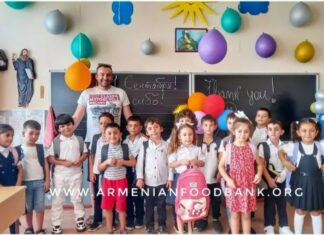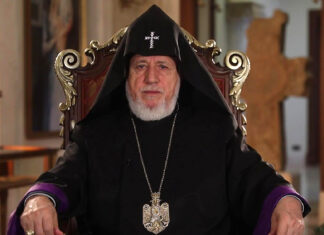WATERTOWN – The new government of Prime Minister Nikol Pashinyan has been sending various representatives to meet with Armenians in the diaspora over the past several months. Diaspora Minister Mkhitar Hayrapetyan made a whirlwind tour of three American cities, Los Angeles, greater New York, and Boston, from July 27 to August 7, and held meetings with various organizations and groups as well as town hall meetings with the general Armenian public in each place. His presence elicited great interest, for it was the first occasion for most to meet with a representative of the Velvet Revolution.
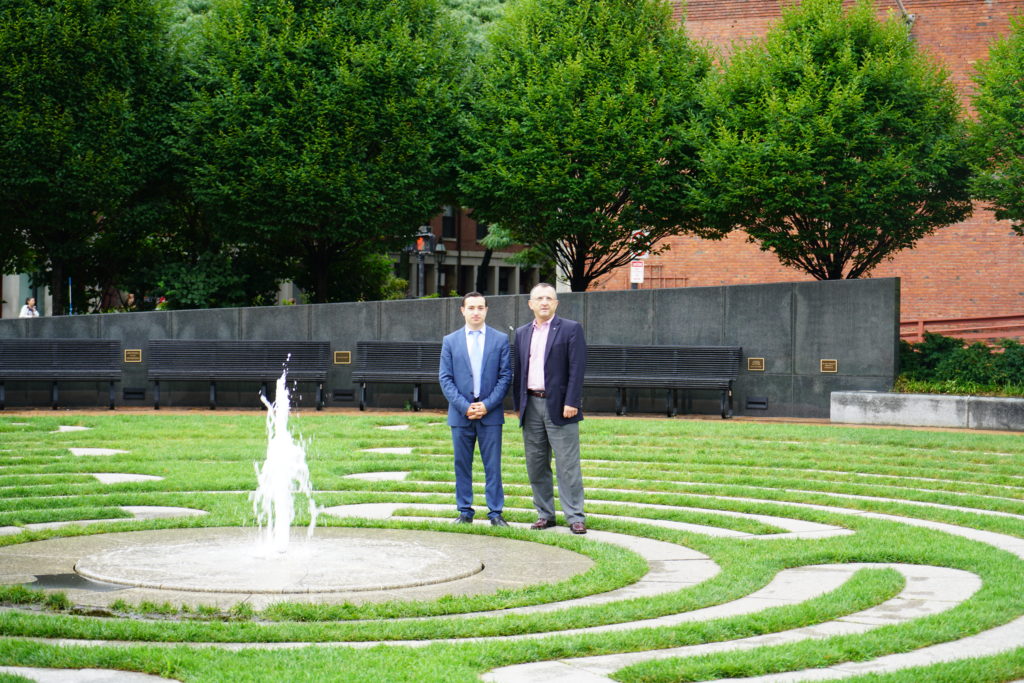
In Boston, he held a public town hall meeting on August 4 and separately met with representatives of the Armenian Heritage Foundation, the Tekeyan Cultural Association, the Armenian Mirror-Spectator, the Armenian Museum of America, the Armenian International Women’s Association, Project Save, Camp Haiastan, Middlesex County Sheriff Peter Koutoujian, the Armenian Revolutionary Federation, Armenian Relief Society, Hairenik, Armenian Weekly and State Rep. David Muradian of Grafton, Mass. He visited St. James and St. Stephen Armenian churches.
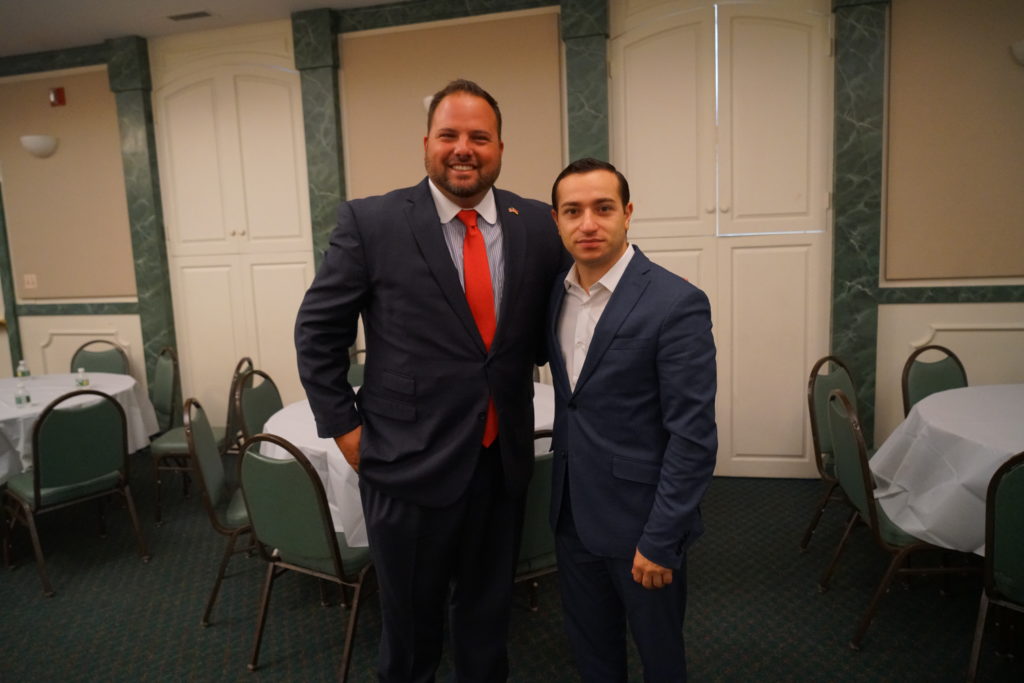
During the Boston visit, he was accompanied by his assistant Vagharshak Hakobyan, Davit Janazyan from the Armenian Embassy in Washington, and advisor Dr. Vahe Sahakyan from Michigan. Sahakyan is a historian and sociologist specializing in diaspora studies. Three days of courtesy accommodations were provided to the delegation from Armenia by Michael Guleserian at the Sheraton Commander Hotel in Cambridge.
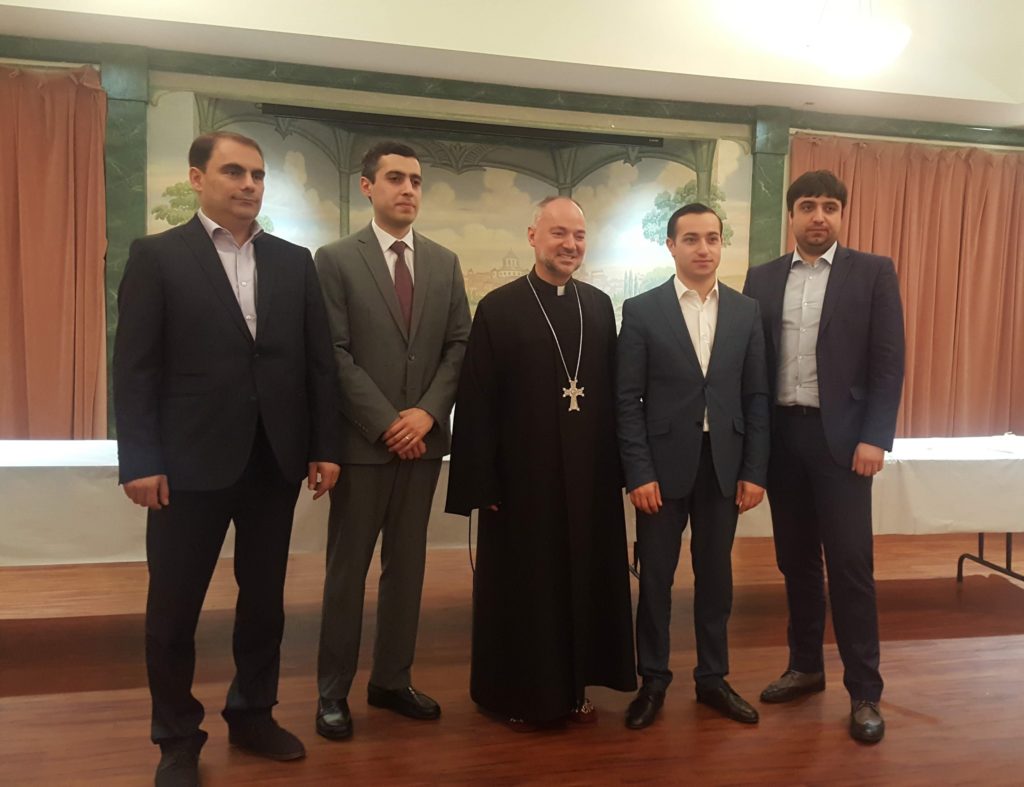
In his talk at the Baikar building, organized by the Tekeyan Cultural Association and the Mirror-Spectator, as well as at the town hall meeting, Hayrapetyan spoke in fluent English, only halting occasionally to ask for the translation of a special term in Armenian. The meetings were an opportunity for him to become more familiar with the Boston community and its issues and challenges as well as suggestions that it might have for the work of the ministry and new government.
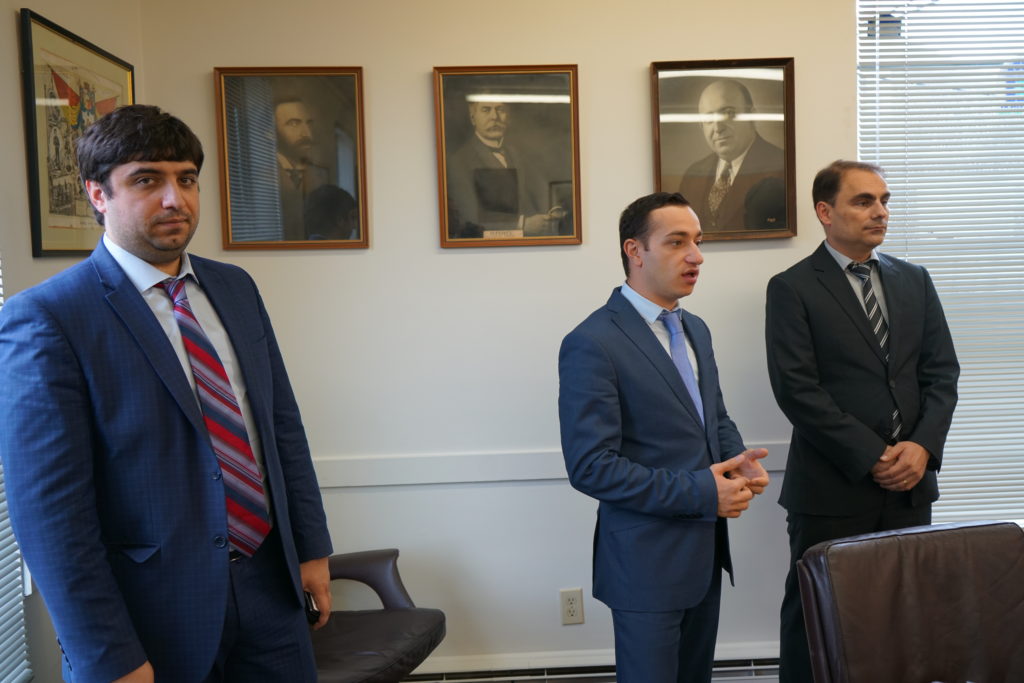
At the Baikar building, Hayrapetyan met with active members of the Boston community who are supporters of the Armenian Mirror-Spectator and the Tekeyan Cultural Association (TCA). TCA Executive Director Aram Arkun, who is also assistant editor of the Mirror-Spectator, introduced the minister, who in turn introduced his team.
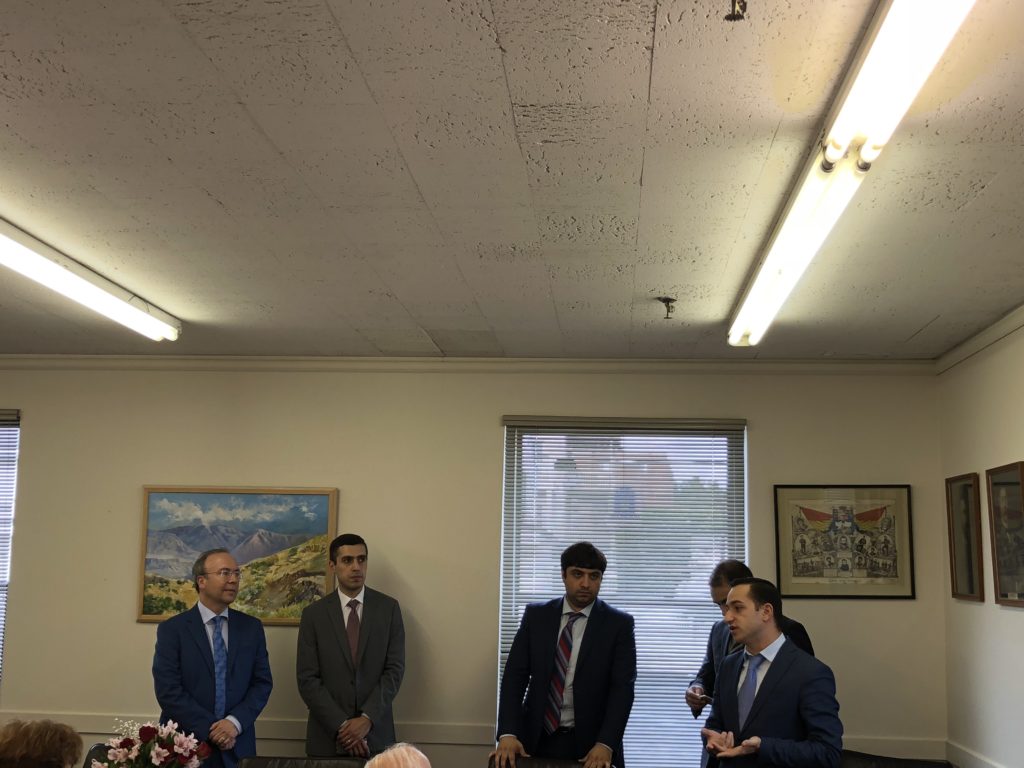
Hayrapetyan began by declaring that he hoped that those present felt how much he loved them and said, “We are bringing with ourselves the positive atmosphere and energy from the new Armenia after the revolution.” He stressed that the revolution belongs to all Armenians throughout the whole world and that the agenda of his ministry would be created in cooperation with all Armenians. Instead of a lengthy prologue, Hayrapetyan asked that questions be directed to him in order to begin a direct dialogue.
